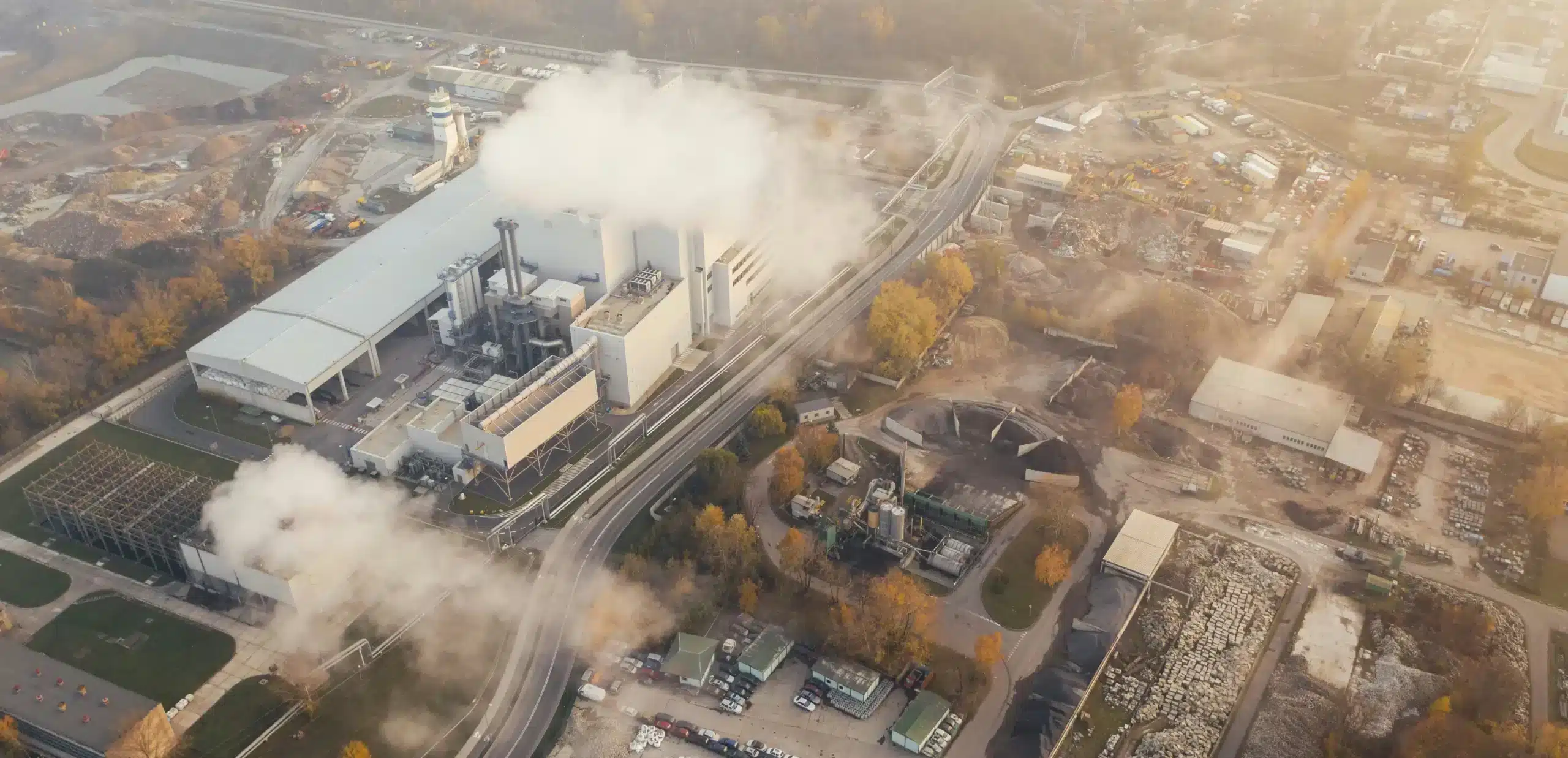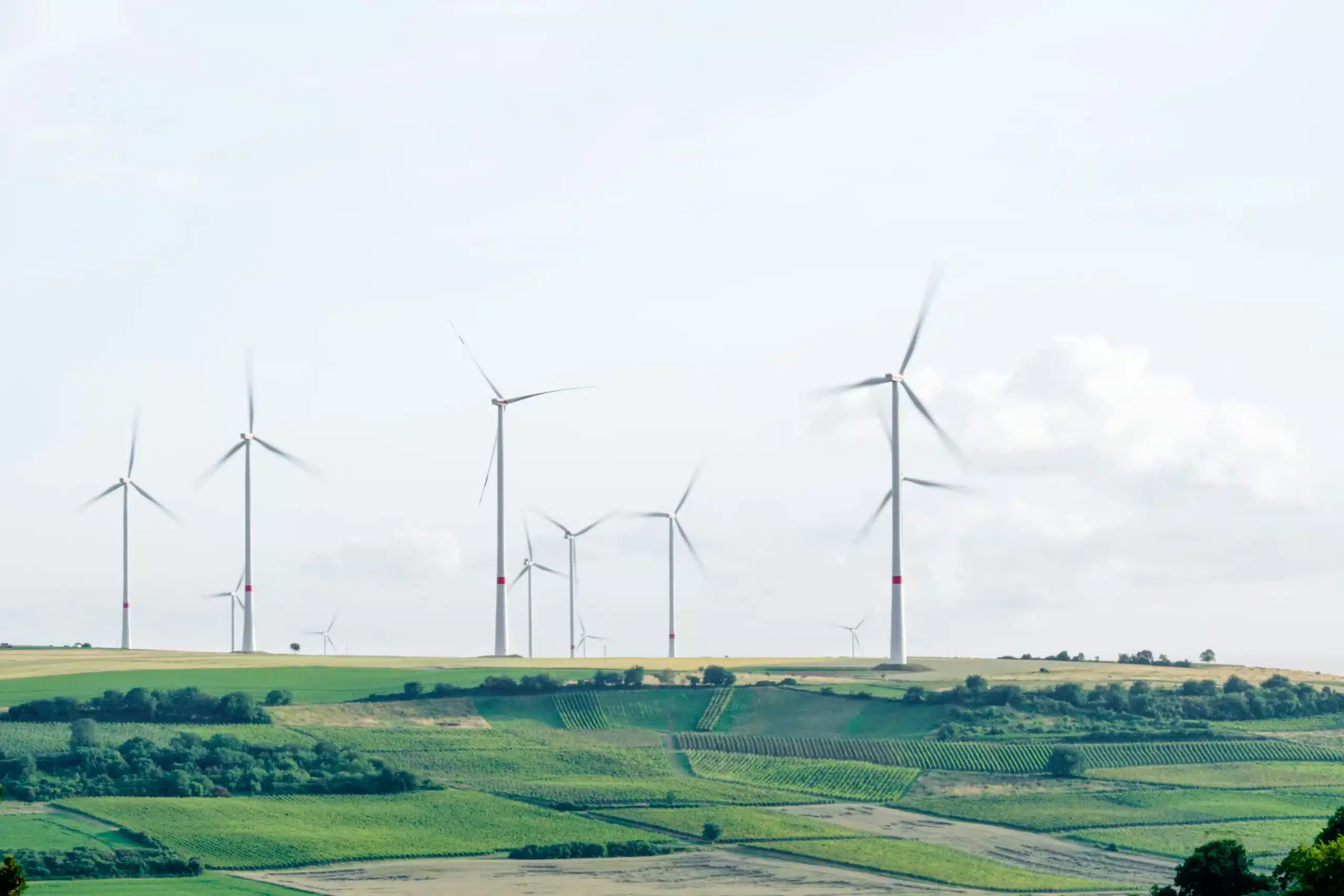Scope 3: examples of emissions
Summary
To reduce these emissions, companies can adopt sustainable practices such as choosing environmentally-friendly suppliers, favoring local products, encouraging the use of clean energy sources and promoting sustainable product design.
Collaboration with suppliers and partners, as well as raising consumer awareness, are also key strategies for effectively reducing Scope 3 emissions and minimizing the organization's environmental impact.
Start your decarbonized future in good hands
Introduction
Scope 3 of the carbon footprint is often considered to be the most complex to define and calculate. In this article, you'll find out more about these Scope 3 emissions, examples for each category, and how organizations can reduce their emissions.

What is Scope 3 of the carbon footprint?
The carbon footprint is an essential tool for measuring, managing and reducing greenhouse gas (GHG) emissions. The carbon footprint is divided into 3 perimeters, called Scopes. While Scope 1 and 2 relate to the organization's direct emissions and those related to its energy consumption, respectively, Scope 3 encompasses all other emissions that occur throughout the organization's value chain, but are beyond its direct control. Scope 3 is often considered the most complex of the three, as it covers a very wide range of activities.
Examples of Scope 3 emissions
Upstream Emissions
Upstream Scope 3 emissions include all GHG emissions that occur before the organization's own activities begin. These emissions are generated by activities over which the company has no direct control, but which are essential to its operations.
Purchase of goods and services
This is the carbon footprint of the raw materials, products or services that the company acquires.
Example: A clothing company must take into account the emissions generated during the cultivation of cotton, the production of dyes or the manufacture of the zippers it uses.
Purchased energy generation
This category covers emissions related to the production of energy that the company consumes, but does not produce directly. Example: A factory that buys electricity from a coal-fired power plant will need to account for the emissions generated by burning coal in the plant.
Transmission and distribution (upstream)
These are the GHG emissions associated with the transportation of raw materials or semi-finished products to the company's production or storage sites.
Example: If a furniture manufacturing company imports wood, the emissions generated by transporting that wood, whether by truck, ship, or plane, must be taken into account.
Business and commuting
This category includes emissions resulting from employees' work-related travel, whether for business trips or commuting.
Example: If a consultant regularly travels to a client's site by plane, the emissions from that flight are counted. Similarly, emissions from the car of an employee commuting to the office every day fall into this category.
Other upstream indirect emissions
These are the GHG emissions associated with the transportation of raw materials or semi-finished products to the company's production or storage sites.
Example: If a furniture manufacturing company imports wood, the emissions generated by transporting that wood, whether by truck, ship, or plane, must be taken into account.
Downstream Emissions
Scope 3 downstream emissions encompass all GHG emissions that occur after a company's products or services have been sold to the end customer.
Use of goods and services sold
This refers to the emissions generated during the use of the products sold by the company.
Example: A car company needs to consider the emissions generated by the combustion of fuel in the vehicles it sells.
Transmission and distribution (downstream)
These are emissions that take place after a product has been sold, when it is transported to additional distribution points, warehouses or directly to the end consumer.
Example: A company that sells its products online will have to take into account the emissions generated when these products are delivered to your home by a delivery service.
End of product life
This category includes emissions associated with how products are disposed of or recycled once they have reached the end of their useful life.
Example: A company that sells electronic devices, such as smartphones, must account for the emissions generated when they are disposed of, whether they are recycled, landfilled, or incinerated.
Other indirect downstream emissions
There are downstream emissions that may be specific to certain sectors or companies, which do not necessarily fit into the previous categories.
Example: A food company may have emissions related to how consumers store and cook their products. For example, a restaurant will generate emissions when it reheats frozen food.
“
Measuring Scope 3 emissions means drawing the boundaries of our environmental responsibility.

How can Scope 3 emissions be reduced?
Scope 3 emissions can often account for the majority of a company's total emissions, which is why reducing them can have a major impact on an organization's carbon footprint.
To reduce these emissions, companies can choose suppliers that have sustainable practices, opt for renewable or recycled raw materials, and favor local products to minimize transportation. In addition, they can encourage suppliers to use clean energy sources for their operations, which will indirectly reduce upstream emissions.
Collaboration is key, as companies alone cannot always directly influence all Scope 3 emissions. By building strong partnerships and setting common standards with suppliers and partners, companies can encourage more sustainable practices throughout the supply chain.
In addition, organizations need to make sustainable design efforts. Designing products that last longer, are more energy efficient, or can be easily recycled or reused, reduces emissions related to their use and end-of-life.
Finally, organizations can educate their consumers. They can use marketing and communication to inform them about the carbon impact of products, and encourage them to make sustainable choices.
Understanding and managing Scope 3 emissions is fundamental for any organization looking to minimize its impact on the environment. Although these emissions are indirect and often outside of a company's direct control, it is still possible, through effective strategies and accurate calculation with our carbon footprint calculation software, to significantly reduce them.
